LATEST TRAVEL
Since the first commercial steam locomotive left the station in Leeds in 1812, train travel has become a staple of public transportation. Train tracks crisscross over almost 90,000 miles of the world, transporting humans, animals, and just about everything else.
While airplanes have allowed us to reach faraway places faster and for cheaper than ever before, train travel retains a tangible connection to the miles rushing beneath our feet and the tableau of scenery changing before our eyes. And with the advances of technology, high-speed trains are becoming more common and accessible all over the world as countries try to alleviate over-congested roadways while allowing easy access to their best cities. Meaning these days, the discerning traveler looking to help the environment — and avoid airport security lines at all costs — has many options.
So, for those of us who believe the journey can be as thrilling as the destination, check out these seven high-speed railways and all the stops you’ll want to make along the way.
1. Turkey — Yüksek Hızlı Tren
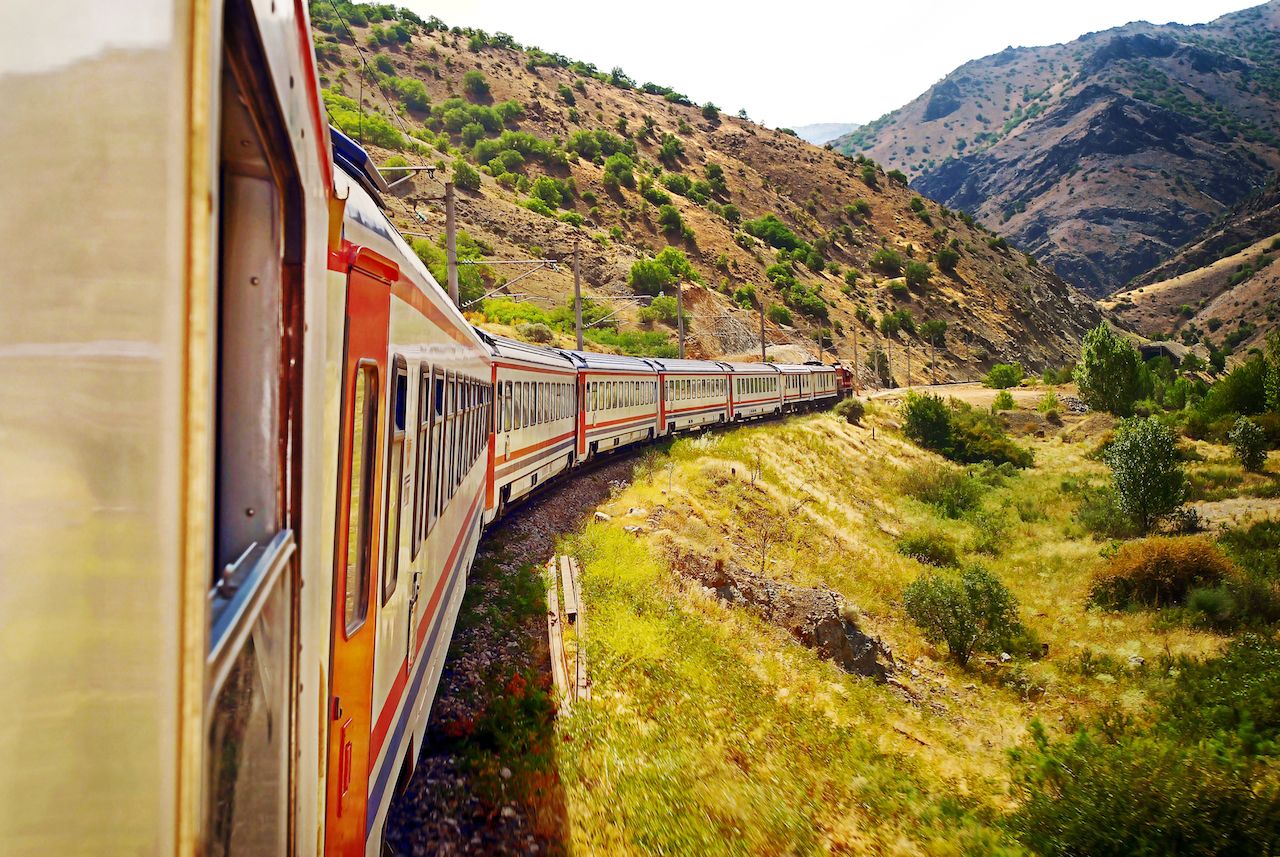
Photo: Official/Shutterstock
Route: Istanbul to Konya
Fares: From 20 Euros (24 USD)
Turkey’s first high-speed trains began operating in 2014, connecting Istanbul to some of the country’s most famous sites. For the more frugal traveler, the no-frills economy seats are affordable and comfortable, while business class supplies electrical outlets, wifi, and personal entertainment screens. Both classes have an option of paying more to include a meal, either breakfast or dinner, depending on the hour of travel. While it is hypothetically possible to buy tickets on the Turkish State Railways website, it can be tricky to navigate if you aren’t a Turkish speaker. Instead, head to the train station kiosk a few days before departure or use a local travel agency to ensure everything goes smoothly.
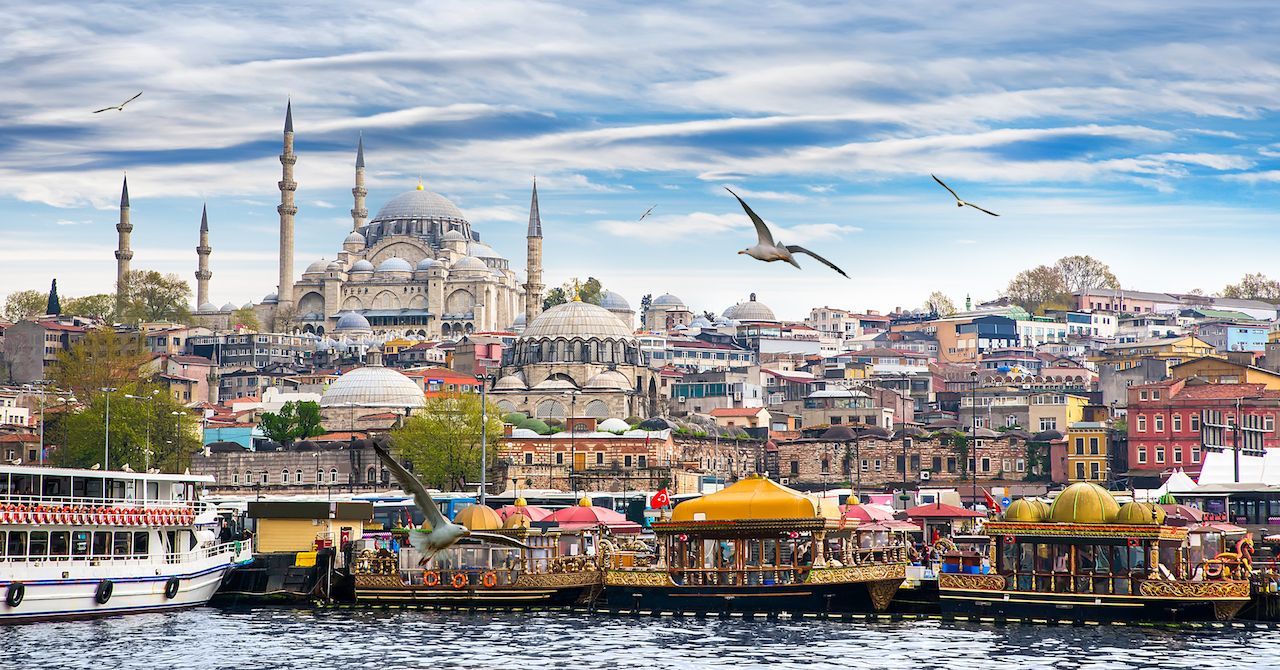
Photo: Seqoya/Shutterstock
After exploring the tea gardens and coffee houses of Istanbul’s food scene, hop on the train to Ankara to experience the capital’s vibrant street life before heading on towards the Anatolian city of Konya. The city is most famous for its whirling dervishes, an integral part of the Sema ceremony celebrating the life, learnings, and death of the Sufi poet, Rumi. If you can, coordinate your visit with the official ten-day Mevlana festival that takes place annually in mid-December or else just enjoy one of the Saturday night dances performed weekly in the Mevlana Cultural Center.
2. Finland/Russia — Allegro train
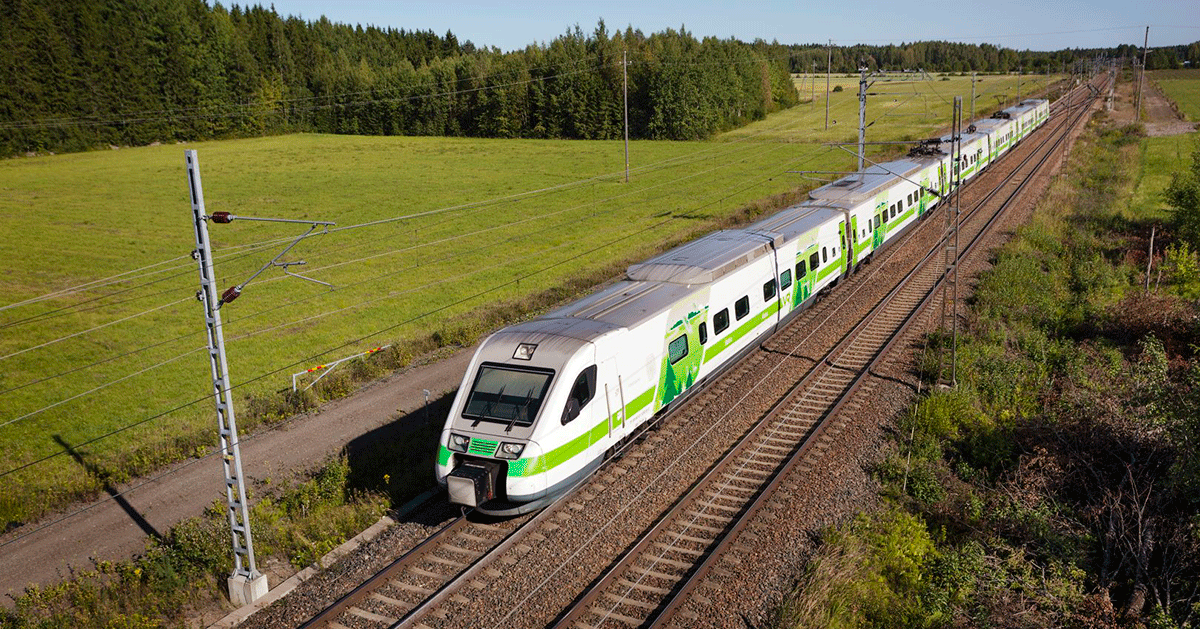
Photo: VR – Yhteisellä matkalla
Route: Helsinki to St. Petersburg
Fares: From 59 Euros (70 USD)
Skip the wait at passport control by hitching a ride on this joint venture by the Finnish and Russian governments that aims to cut travel time between Helsinki and St. Petersburg by more than two hours at speeds of up to 220 km/h (140 mph). Border control takes place on the train, while in motion, and currency exchange attendants walk the aisles to facilitate your entry even further. With only slightly more room in the first class cars, buy economy and save your moolah for enjoying the sites along the way.

Photo: Parsadanov/Shutterstock
Begin your trip in Helsinki to spend a few days sampling the sustainably-farmed and ethically sourced meat, fish, and produce of the city’s markets and restaurants, which include five Michelin-starred hotspots. Consider getting off at the Finnish town of Lahti to take in a world-class orchestra performance at the beautiful Sibelius Hall or stop by the Russian seaside town of Vyborg to stroll through the city’s medieval castle and cobblestone streets. End your trip in the historical mammoth that is St. Petersburg, a sprawling city of canals, palaces, and gardens built by the Peter the Great.
3. Italy — Frecciarossa
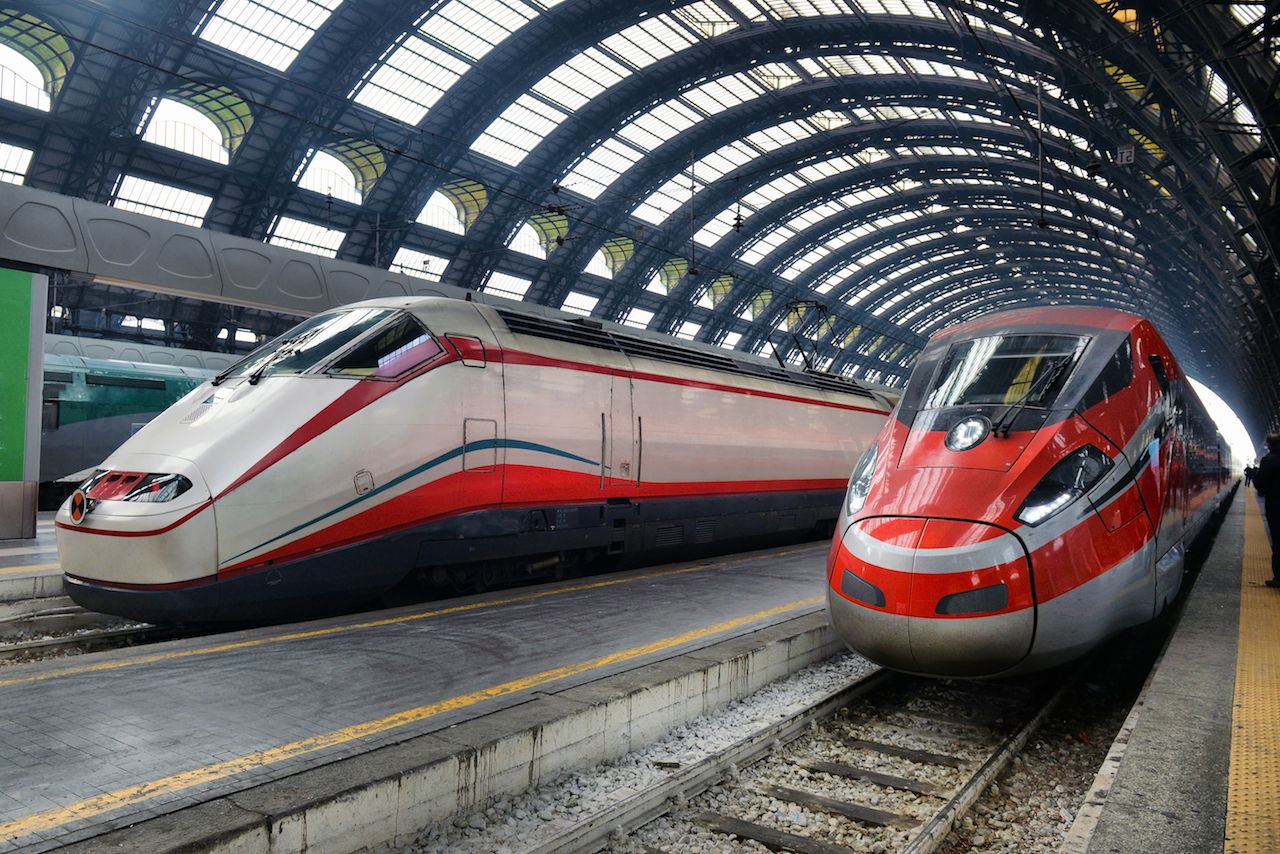
Photo: Kaband/Shutterstock
Route: Venice to Naples
Fares: From 33 Euros (39 USD)
Train travel is an integral part of Italian transportation, even if it is one beset by notorious delays and strikes. If you’re looking to reach your destination in comfort and speed, the Frecciarossa’s sleek cars run up to 300 km/h (190 mph) down the length and breadth of the country. With five different types of carriages available, each with three fare options ranging from super economy (the cheapest) to base (the most expensive), even the most penny-pinching of travelers can find a seat. And since all carriages have wifi and outlets, you won’t be missing out too much if you decide not to splurge for the roomier cars. But beware the meal service, it tends to be a bit lackluster, so you’re better off bringing your own picnic.
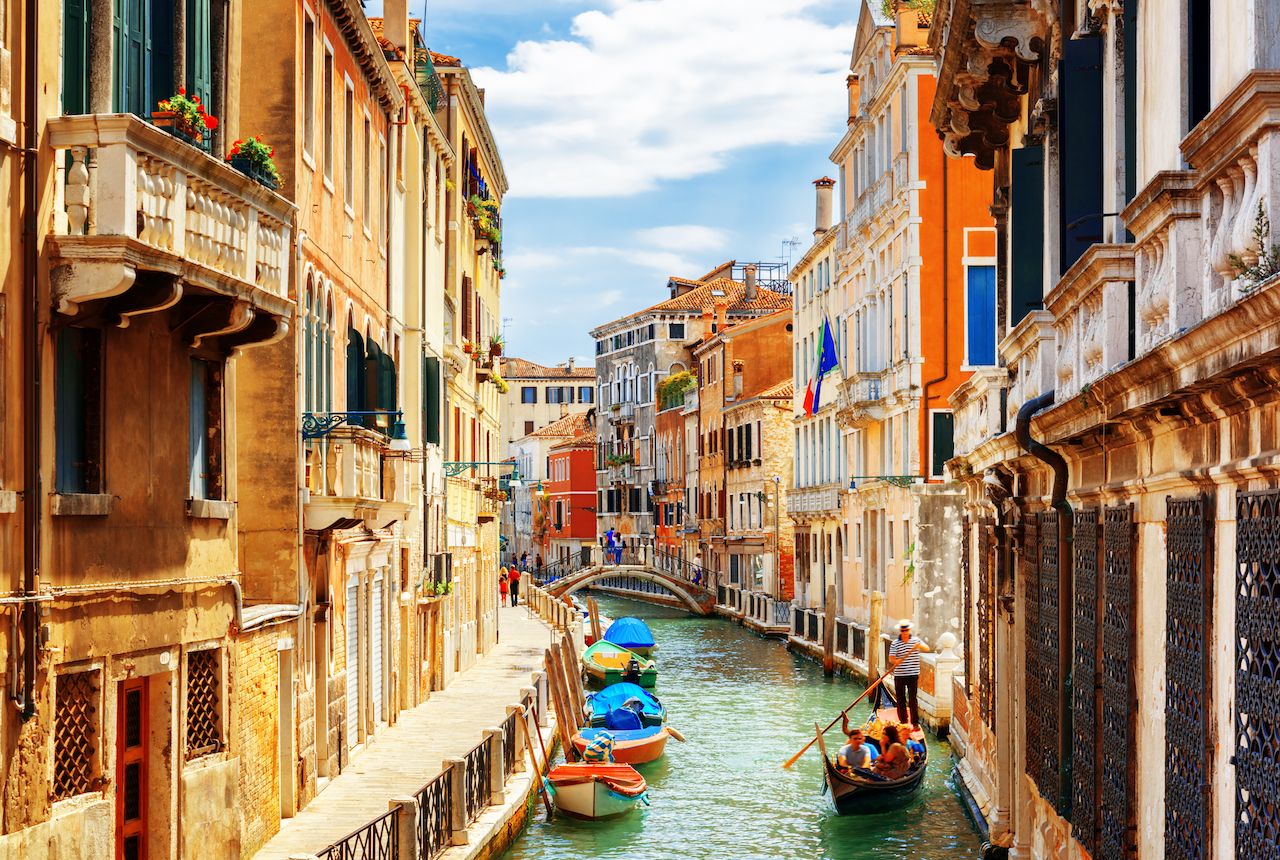
Photo: Efired/Shutterstock
Hit some of Italy’s best cities by traveling the length of the boot. Start with Venice and its labyrinthine backstreets that lead you away from the crowds to tucked-away restaurants to get a chilled glass of prosecco or an offering of cicchetti (Italian small plates). Take the Frecciarossa south, stopping along the way in Florence and Rome to explore their beautiful architecture. Finish your trip in the shadow of Mt. Vesuvius, where the nutrient rich soil has cultivated centuries of pizza sauce perfection in Naples. Head straight to L’Antica Pizzeria da Michele, a family-run establishment dating back to the 1870s, and be sure to take a day to visit the ruins of Pompeii, whose fossilized citizens are a stark reminder of the power of volcanoes.
4. South Korea — Korea Train Express

Photo: Pinglabel/Shutterstock
Route: Seoul to Busan
Fares: Starting from 50,800 Korean Wons (47 USD)
Reach speeds up to 350 km/h (218 mph) on South Korea’s KTX high-speed trains, the country’s best option for long-distance travel. The system is punctual and accessible for non-Korean speakers, and relatively affordable if you are able to take advantage of KTX’s complicated discounts which grant savings for those who book early and during the weekdays. You can choose to book a seat in either First or Standard class, or pay less for a standing ticket that allows you to grab any open seat — until its rightful owner comes along. The trains have many vending machines instead of a dining car, but the journeys are short so snacks are enough to get you by.
After checking out Seoul, travel one of the country’s original railway routes by catching the southward-bound Gyeongbu line from the capital. If you’re in need of some shopping, get off at Daegu and stroll the streets, aptly named according to which items can be found in them. Don’t miss Herbal Medicine Street to get a sense of the city’s historical legacy as a medical epicenter. Continue your journey onwards to Busan, the end of the line and where the southwestern edge of Korea meets the East Sea (Sea of Japan).
5. Northwestern Europe — Eurostar
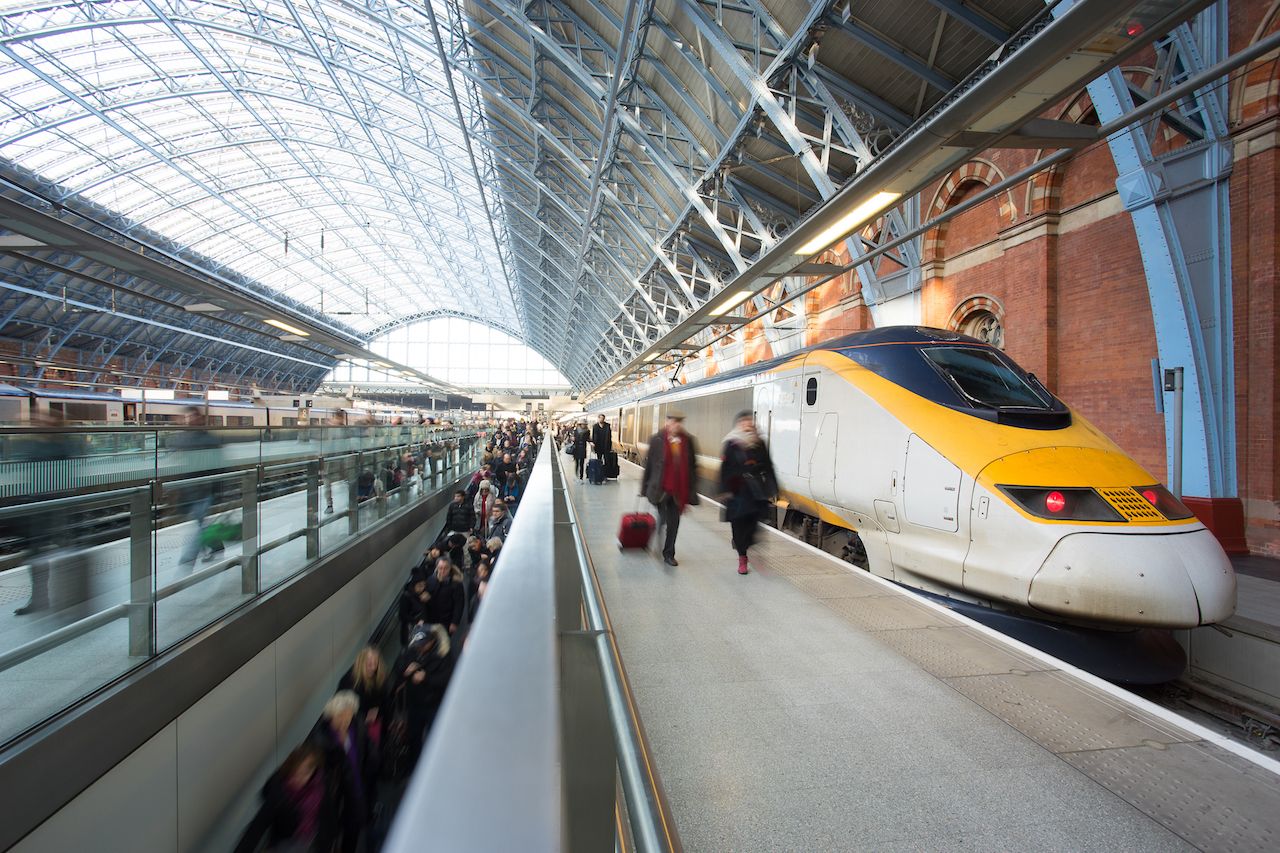
Photo: alice-photo/Shutterstock
Route: London to Amsterdam/Paris
Fares: Start from 41 Euros (49 USD)
The Eurostar flies through the Chunnel deep beneath the English Channel at a speed of 300 km/h (186 mph), connecting London with mainland Europe. It’s easily the best way to take in a whirlwind tour of the area’s highlights, with the train dropping you off smack dab in the middle of each city. It helps to book your tickets in advance to get the best deal, or else you may suffer the high-priced consequences of last-minute purchases. There are three classes available — Standard, Standard Premier, and Business Premier — all of which offer free wifi and power outlets on the newest trains, but only the two higher classes offer complimentary food and drink service delivered to your seat.

Photo: Kavalenkava/Shutterstock
Experience the three grand cities of northwestern Europe by starting in London, the birthplace of your unhealthy Kate Middleton obsession. Board the Eurostar for Amsterdam, where bikes outnumber cars four to one. Spend a few days cycling from one world-class museum to another, then head back south to the City of Bread — I mean, Lights — to relax in the cafés of Paris. If you’re looking to extend your trip even further, keep an eye on the plans to extend this direct route to the heart of France’s wine country!
6. China
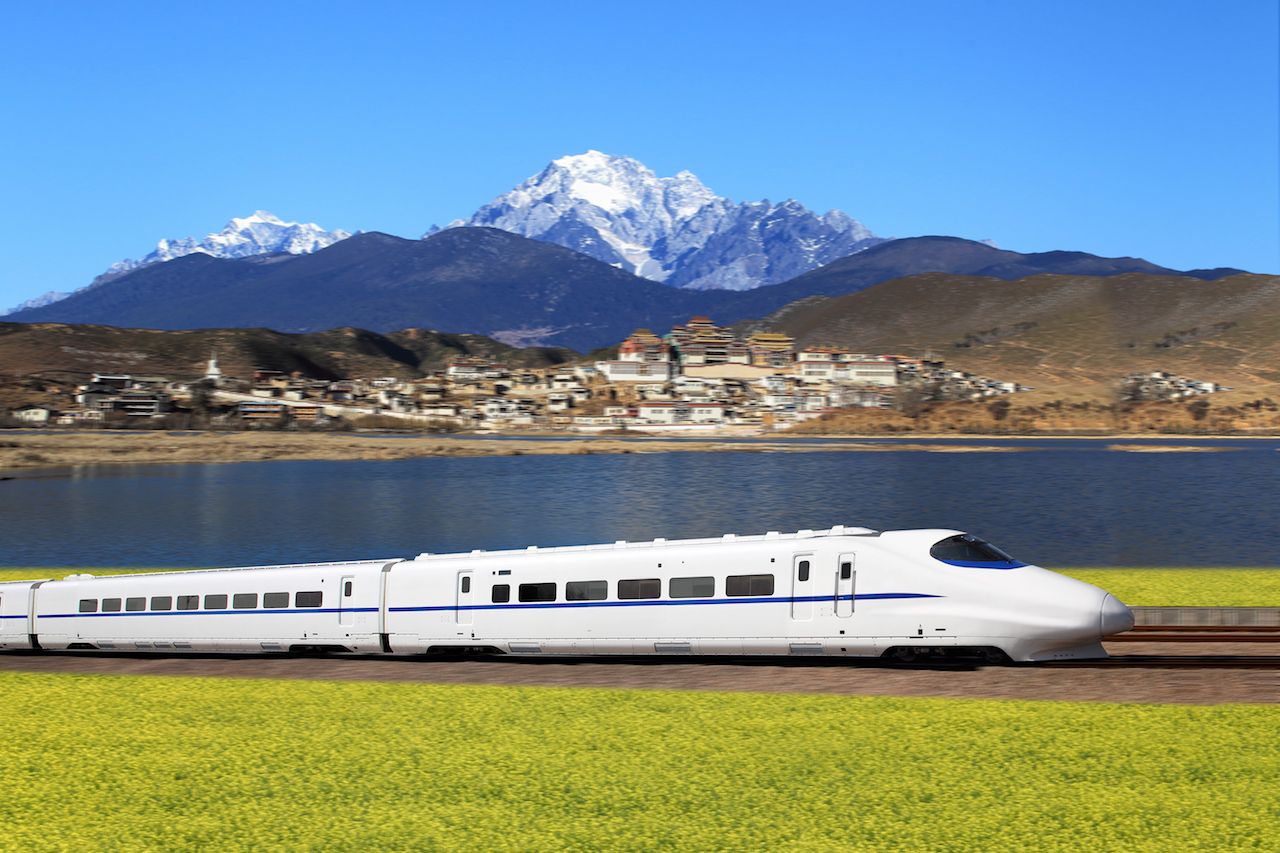
Photo: cyo bo/Sg=hutterstock
Route: Beijing to Shenzhen
Fares: From 936 Chinese Yuans (147 USD)
China claims to have the longest high-speed rail system in the world with over 14,000 miles of tracks, which would account for two-thirds of the world’s total. For travelers looking to explore this gigantic country, train travel can be cheaper and faster than going by air — not to mention that you’ll see even more of the country just by looking out the window. If you have time and patience, head to the train station to buy your tickets, otherwise a travel agent (such as CTrip) can make the experience a bit smoother. Most trains offer three classes — Second, First, and Business — with the main difference being the amount of personal space and seat-reclining ability. If you’re booking one of the long-distance rides, it might be worth to pay more.

Photo: HelloRF Zcool/Shutterstock
Travel the length of the country by heading from the historical capital of Beijing to the modern landscape of Shanghai’s futuristic skyscrapers. Be sure to get some steamed street dumplings before heading on to Shenzhen, a UNESCO Creative City dubbed the Silicon Valley of China.
7. Japan — Nozomi Shinkansen
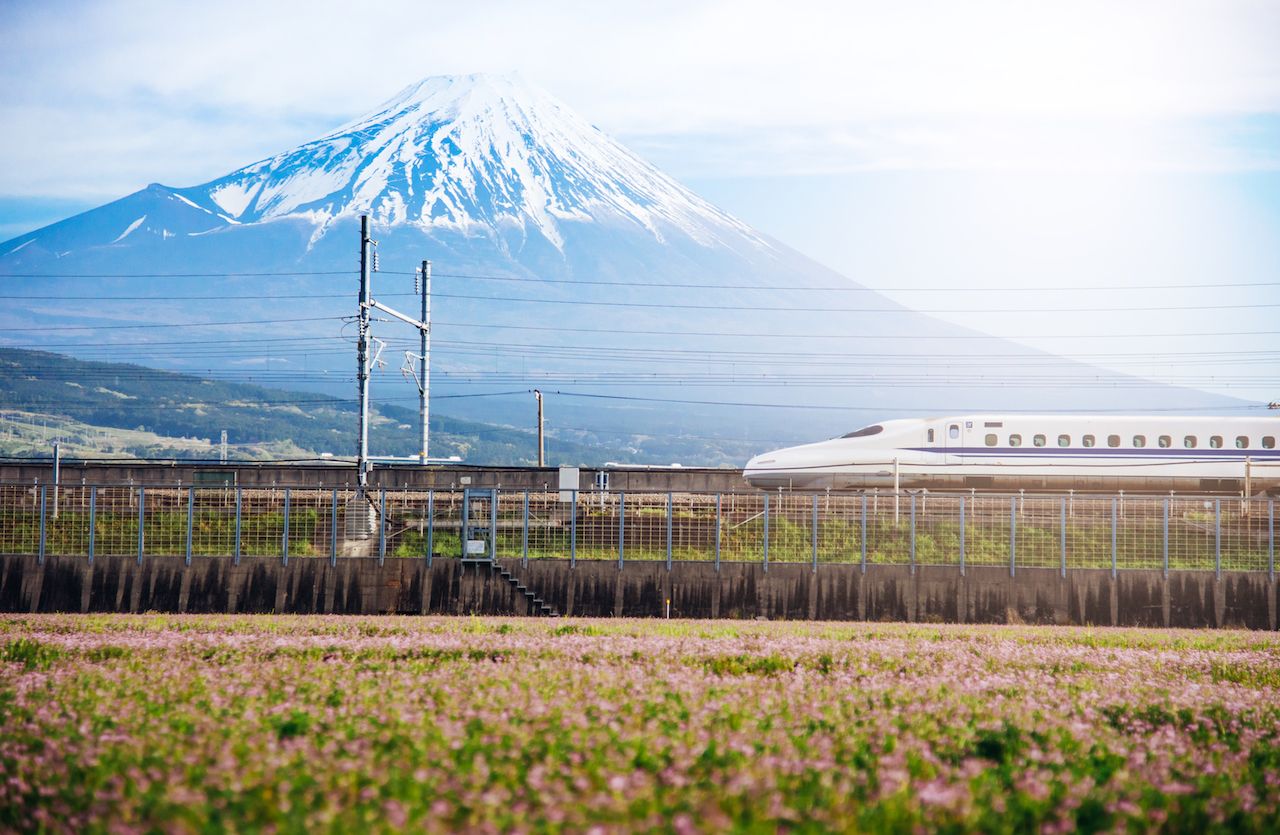
Photo: Vacancylizm/Shutterstock
Route: Tokyo to Hakata
Fares: From 21,810 Japanese Yens (198 USD)
No list would be complete without the country that started it all. The bullet train was first debuted in Japan in 1964 and the country has been pushing the boundaries of railway possibilities for the past 60 years, with recent tests reaching up to 603 km/hour (375 mph). While no commercial train has reached those speeds yet, travelers can see the country’s main cities at a healthy clip of 320 km/hour (198 mph) on the Shinkansen extensive lines. Choose a seat in the green car for more space and comfort, or else stick with the standard car to save your Yens. Tickets can be purchased from an agent or automated machine at the train station.

Photo: lkunl/Shutterstock
From the futuristic wonderland of Tokyo, head west to steep in the traditions of Kyoto’s teahouses and sculptured gardens. Keep an eye out of the train for one of the best views of Mt. Fuji, as you continue your journey towards Hakata, where the city’s eponymous ramen noodles are a must-try. ![]()
The post 7 of the world’s fastest trains and where they can take you appeared first on Matador Network.
from Matador Network https://ift.tt/2rxFYS4


No comments